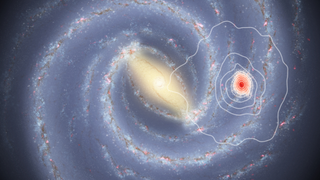big bang
Latest about big bang
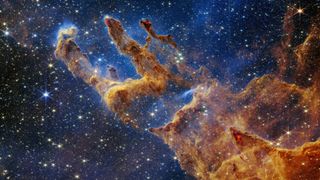
James Webb Space Telescope is 'science and magic rolled together,' says iconic astronomer Maggie Aderin-Pocock
By Ben Turner published
Maggie Aderin-Pocock tells us about the power of the James Webb Space Telescope and how she inspires disadvantaged students to enter STEM.
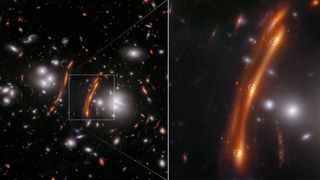
James Webb telescope watches ancient supernova replay 3 times — and confirms something is seriously wrong in our understanding of the universe
By Ben Turner published
The James Webb Space Telescope has zoomed in on an ancient supernova, revealing fresh evidence that a crisis in cosmology called the Hubble tension isn't going anywhere soon.
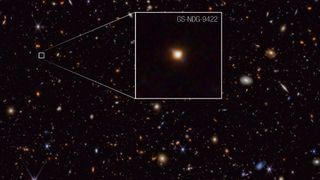
James Webb telescope spots rare 'missing link' galaxy at the dawn of time
By Ben Turner published
Astronomers using the James Webb Space Telescope have spotted a rare galaxy at the dawn of time that may be a "missing link" between the oldest generation of stars and the ones we see near Earth.
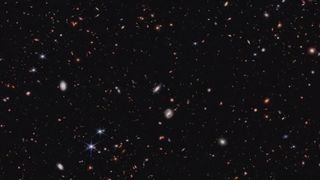
Early galaxies weren't mystifyingly massive after all, James Webb Space Telescope finds
By Charles Q. Choi published
'The bottom line is, there is no crisis in terms of the standard model of cosmology.
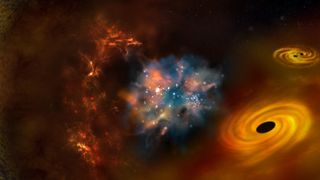
The universe had a secret life before the Big Bang, new study hints
By Andrey Feldman published
The secrets of black holes and dark matter could lie before the Big Bang, a new study of "bouncing" cosmology hints.
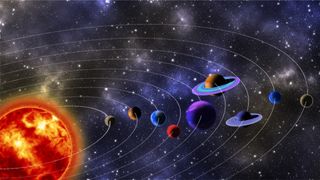
Why is everything in space always moving?
By Ashley Hamer published
From the moment of the Big Bang, everything in the universe has kept moving, but why is that?
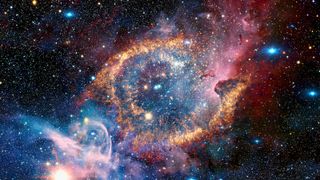
AI uncovers the universe's 'settings' with unprecedented precision, and it could help to resolve the Hubble tension
By Ben Turner published
The new AI system can estimate cosmological parameters with stunning precision, and it could help astronomers unpick one of the thorniest problems in the field.
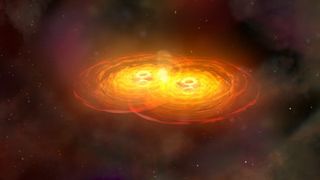
Gravitational waves hint at a 'supercool' secret about the Big Bang
By Robert Lea published
Scientists might be on track to revealing new facets of physics.
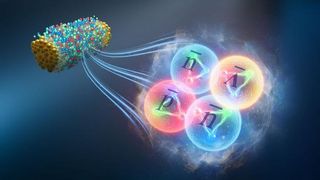
Heaviest antimatter particle ever discovered could hold secrets to our universe's origins
By Ben Turner published
The newly found antiparticle, called antihyperhydrogen-4, could have a potential imbalance with its matter counterpart that may help scientists understand how our universe came to be.
Get the world’s most fascinating discoveries delivered straight to your inbox.


